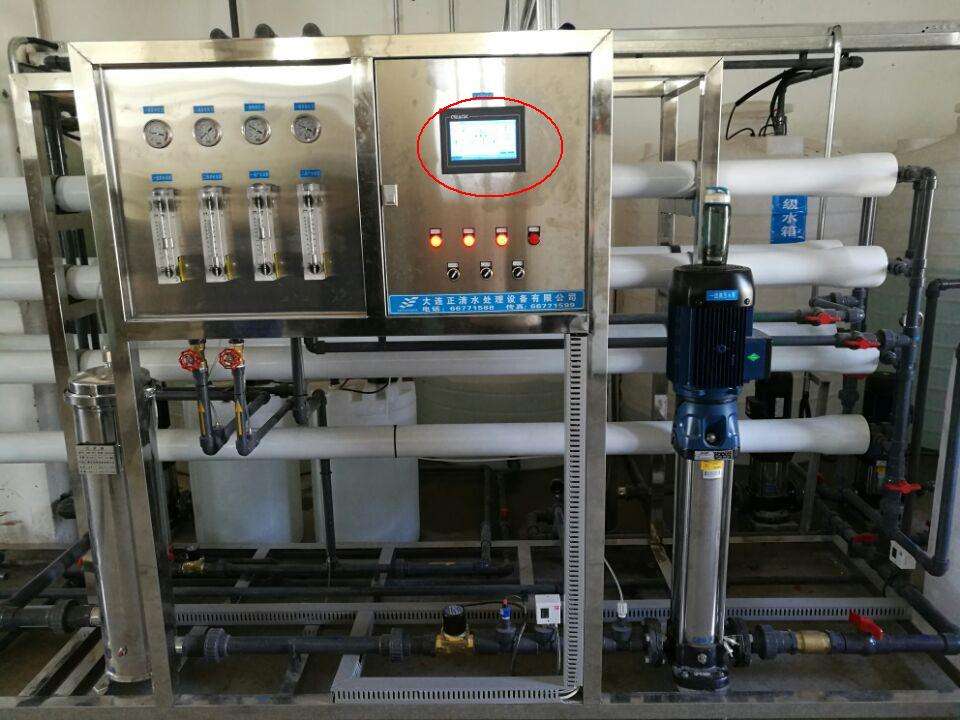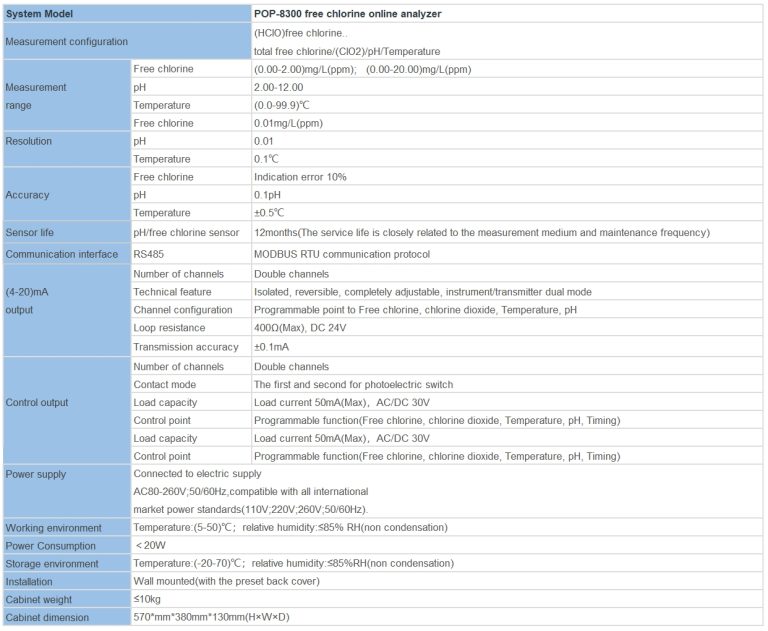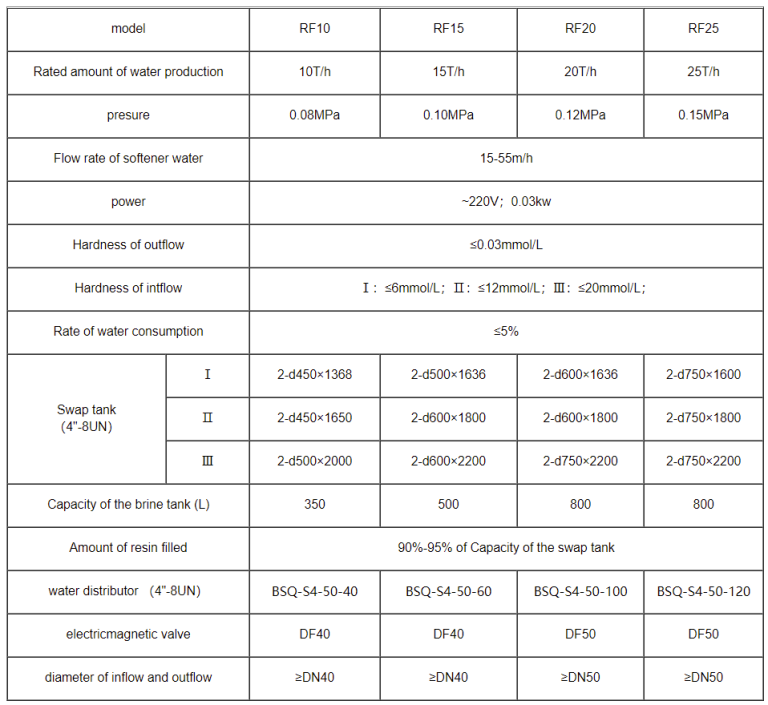Table of Contents
Using a Homemade Conductivity Tester
Total Dissolved Solids (TDS) in water refer to the amount of inorganic salts, organic matter, and other substances that are dissolved in water. High levels of TDS can affect the taste and quality of water, as well as potentially pose health risks. While a TDS Meter is commonly used to measure TDS levels in water, not everyone may have access to one. In such cases, a homemade conductivity tester can be used as an alternative method to measure TDS in water.
A homemade conductivity tester can be easily made using materials that are readily available at home. To create a conductivity tester, you will need a plastic cup, two metal wires, a battery, and an LED light. Start by cutting the metal wires to a suitable length and attaching them to the battery. Place the metal wires in the water sample that you want to test, making sure that they do not touch each other. If the LED light turns on, it indicates that the water sample has conductivity, which is directly related to the TDS levels in the water.
It is important to note that while a homemade conductivity tester can provide a rough estimate of TDS levels in water, it may not be as accurate as a TDS Meter. However, it can still be a useful tool for individuals who do not have access to a TDS Meter but want to get an idea of the TDS levels in their water.
| Model | CCT-3300 Series Conductivity Online Controller |
| Constant | 0.01cm-1, 0.1 cm-1, 1.0cm-1, 10.0 cm-1 |
| Conductivity | (0.5~20)mS/cm,(0.5~2,000)uS/cm, (0.5~200)uS/cm, (0.05~18.25)MQ·cm |
| TDS | (250~10,000)ppm, (0.5~1,000)ppm, (0.25~100)ppm |
| Medium Temp. | (0~50)℃ |
| Resolution | Conductivity: 0.01uS/cm, TDS:0.01ppm, Temp.: 0.1℃ |
| Accuracy | Conductivity: 1.5%(FS), Resistivity:2.0%(FS), TDS: 1.5%(FS), Temp.: +/-0.5℃ |
| Temp. compensation | (0-50)°C (with 25℃ as Standard) |
| Cable length | ≤5m(MAX) |
| mA output | Isolated (4~20)mA, Instrument / Transmitter for selection |
| Control Output | relay contact: ON/OFF, Load capacity: AC 230V/5A(Max) |
| Working Environment | Temp.(0~50)℃;Relative Humidity ≤85%RH (none condensation) |
| Storage Environment | Temp.(-20~60)℃;Relative Humidity ≤85%RH (none condensation) |
| Power Supply | CCT-3300:DC 24V; CCT-3310: AC 110V; CCT-3320: AC 220V |
| Dimension | 48mmx96mmx80mm(HxWxD) |
| Hole Size | 44mmx92mm(HxW) |
| Installation | Panel mounted, fast installation |
When using a homemade conductivity tester to measure TDS in water, it is essential to follow certain steps to ensure accurate results. Firstly, make sure that the metal wires are clean and free from any contaminants that could affect the conductivity of the water sample. Additionally, ensure that the battery is fully charged to provide a consistent electrical current for the test.

To measure TDS levels in water using a homemade conductivity tester, dip the metal wires into the water sample and observe if the LED light turns on. The brightness of the LED light can also indicate the conductivity of the water sample, with a brighter light suggesting higher TDS levels. It is important to repeat the test multiple times to get an average reading and ensure accuracy.
While a homemade conductivity tester can be a useful tool for measuring TDS levels in water, it is essential to remember that it may not provide precise measurements like a TDS Meter. Therefore, it is recommended to use a TDS Meter for more accurate results, especially if the water quality is a significant concern.
In conclusion, a homemade conductivity tester can be a practical alternative for measuring TDS levels in water when a TDS Meter is not available. By following the steps outlined above and ensuring the cleanliness of the materials used, you can get a rough estimate of the TDS levels in your water. However, for more accurate measurements, it is advisable to invest in a TDS Meter to ensure the safety and quality of your water.
Conducting a Taste Test
Total Dissolved Solids (TDS) in water refer to the amount of inorganic salts, organic matter, and other substances that are dissolved in water. High levels of TDS can affect the taste and quality of water, making it important to monitor and control TDS levels. While a TDS Meter is commonly used to measure TDS in water, there are alternative methods that can be used to conduct a taste test to estimate TDS levels without the need for a meter.
| Model | TUR-6101 Laser Turbidity Data Acquistion Terminal |
| Range | 0-10/100/4000NTU or as required |
| Display | LCD |
| Unit | NTU |
| DPI | 0.01 |
| Accuracy | ±5% FS |
| Repeatability | ±1% |
| Power | ≤3W |
| Power Supply | AC 85V-265V±10% 50/60Hz or |
| DC 9~36V/0.5A | |
| Working Environment | Ambient temperature:0~50℃; |
| Relative humidity≤85% | |
| Dimensions | 160*80*135mm(Hanging) or 96*96mm(Embeded) |
| Communication | 4~20mA and RS-485 communication (Modbus RTU) |
| Switched output | Three-way relay,capacity 250VAC/5A |
One simple method to estimate TDS levels in water is by conducting a taste test. TDS in water can affect its taste, with higher TDS levels often resulting in a more pronounced mineral taste. By tasting the water, you can get a rough idea of the TDS levels present. Water with high TDS levels may taste salty, bitter, or metallic, while water with low TDS levels may taste bland or flat.
To conduct a taste test, start by pouring a small amount of water into a clean glass. Take a sip of the water and pay attention to the taste. Does it taste salty or bitter? Does it have a metallic or mineral taste? These are all indicators of high TDS levels in the water. If the water tastes bland or flat, it may have low TDS levels.

It is important to note that taste tests are subjective and may not provide an accurate measurement of TDS levels in water. However, they can give you a general idea of the water’s quality and help you determine if further testing is needed.
Another method to estimate TDS levels in water without a TDS Meter is by conducting a simple conductivity test. TDS in water is directly related to its electrical conductivity, with higher TDS levels resulting in higher conductivity. By measuring the electrical conductivity of water, you can estimate its TDS levels.
To conduct a conductivity test, you will need a simple conductivity tester or a multimeter set to measure conductivity. Fill a clean glass with water and immerse the conductivity tester or multimeter probe into the water. The reading on the tester or multimeter will give you an indication of the water’s conductivity, which can be used to estimate TDS levels.
Keep in mind that conductivity tests are not as accurate as TDS meters and may only provide a rough estimate of TDS levels in water. However, they can still be useful for monitoring water quality and identifying potential issues with TDS levels.
In conclusion, while a TDS Meter is the most accurate tool for measuring TDS levels in water, there are alternative methods that can be used to estimate TDS levels without the need for a meter. Conducting a taste test or a conductivity test can give you a general idea of the water’s quality and help you determine if further testing is needed. Remember that these methods are not as precise as a TDS Meter, but they can still be useful for monitoring water quality and ensuring that your water is safe to drink.




